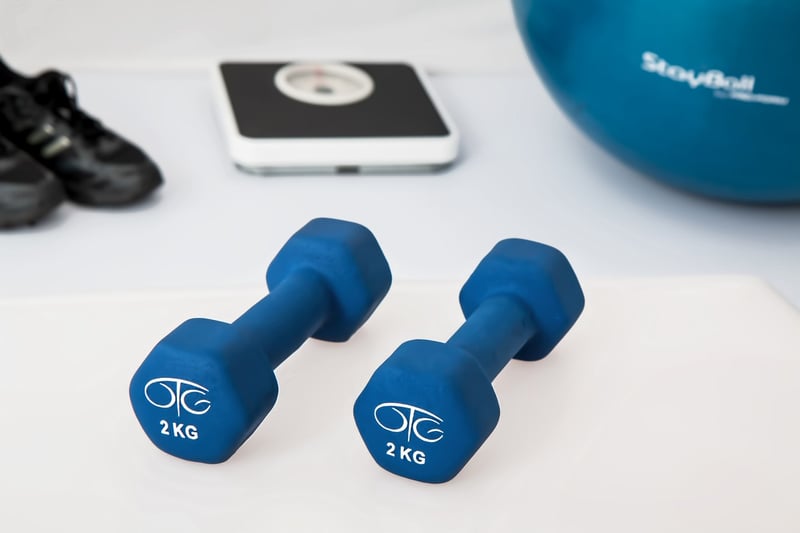Rehabilitation Exercises
Therapeutic Movement Practices and Rehabilitation Exercises
Therapeutic movement practices and rehabilitation exercises play a crucial role in improving physical health and well-being. Whether you are recovering from an injury, managing a chronic condition, or simply looking to enhance your overall fitness, incorporating these practices into your routine can make a significant difference in your quality of life.
The Benefits of Therapeutic Movement Practices
Therapeutic movement practices encompass a wide range of activities that focus on improving mobility, flexibility, strength, and endurance. These practices can help enhance coordination, balance, and posture while also reducing pain and stiffness in the body. Some of the key benefits include:
- Improved range of motion
- Enhanced muscle strength
- Increased flexibility
- Better posture and alignment
- Reduced stress and anxiety
- Enhanced overall well-being
Rehabilitation Exercises for Recovery
Rehabilitation exercises are specifically designed to help individuals recover from injuries, surgeries, or chronic conditions. These exercises are often prescribed by healthcare professionals such as physical therapists or chiropractors to aid in the recovery process and improve functional abilities. Common rehabilitation exercises include:
- Strength training exercises
- Balance and stability exercises
- Stretching and flexibility exercises
- Cardiovascular exercises
- Core stabilization exercises
- Proprioception and coordination exercises
Integrating Therapeutic Movement and Rehabilitation
Integrating therapeutic movement practices with rehabilitation exercises can provide a comprehensive approach to improving physical health and function. By combining these two approaches, individuals can experience faster recovery, improved performance, and a reduced risk of future injuries. It is important to work with a qualified healthcare professional to develop a personalized plan that addresses your specific needs and goals.
Remember, consistency is key when it comes to seeing results from therapeutic movement practices and rehabilitation exercises. Stay committed to your routine, listen to your body, and make adjustments as needed to ensure safe and effective progress.
Conclusion
Whether you are recovering from an injury or looking to enhance your fitness level, incorporating therapeutic movement practices and rehabilitation exercises into your routine can have a profound impact on your physical well-being. Consult with a healthcare professional to create a tailored plan that meets your individual needs and goals, and enjoy the benefits of improved mobility, strength, and overall quality of life.


References:
